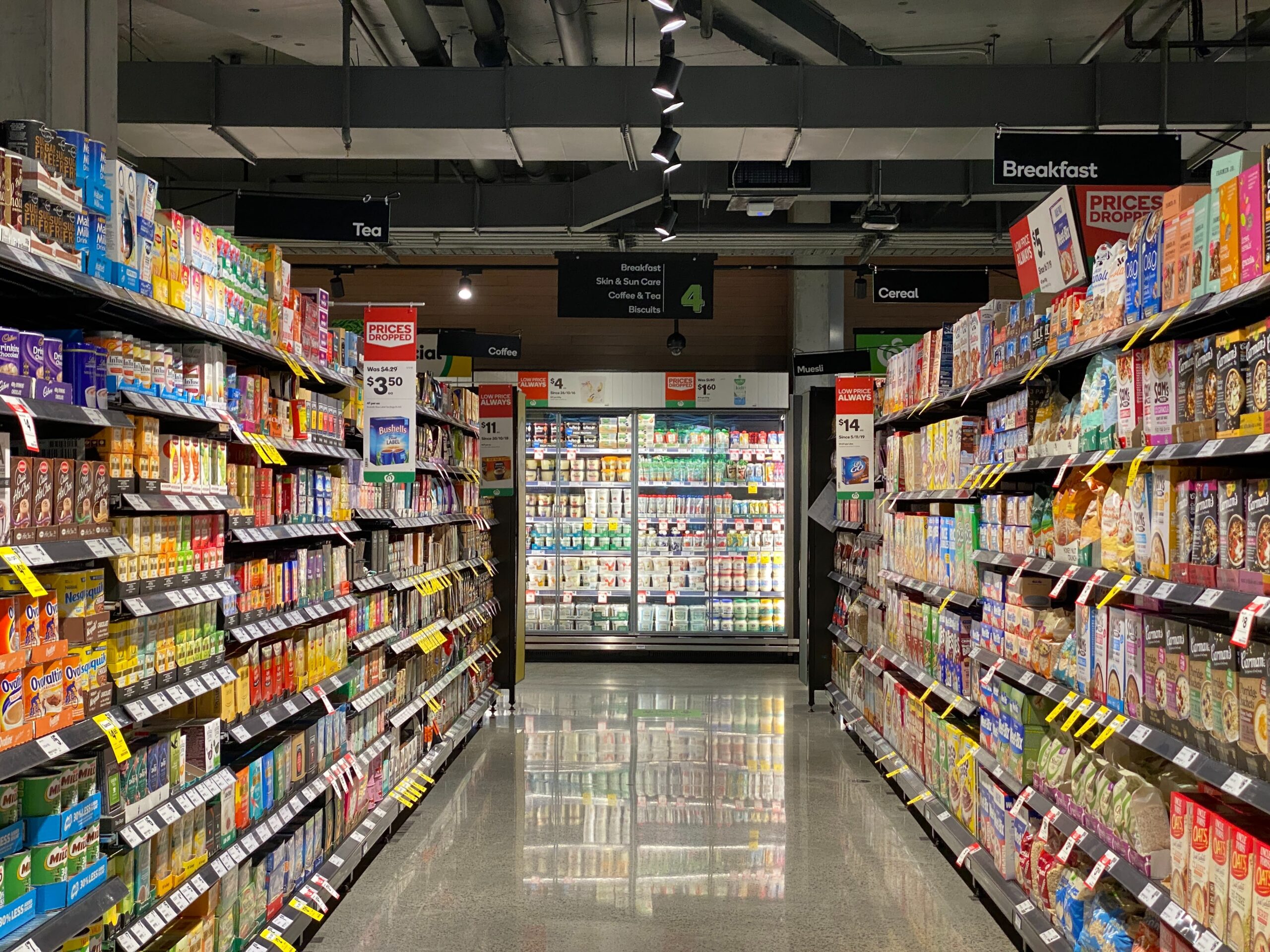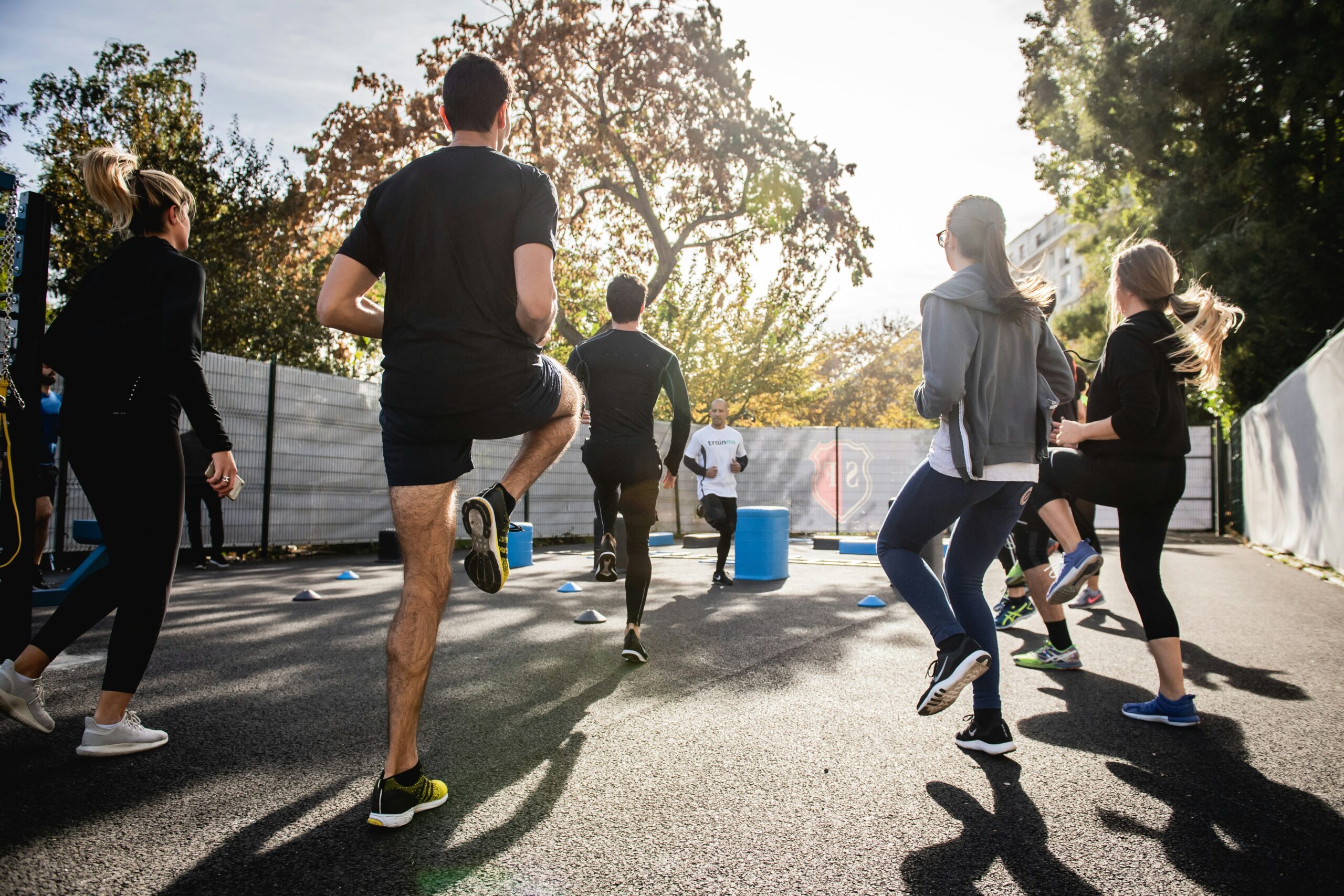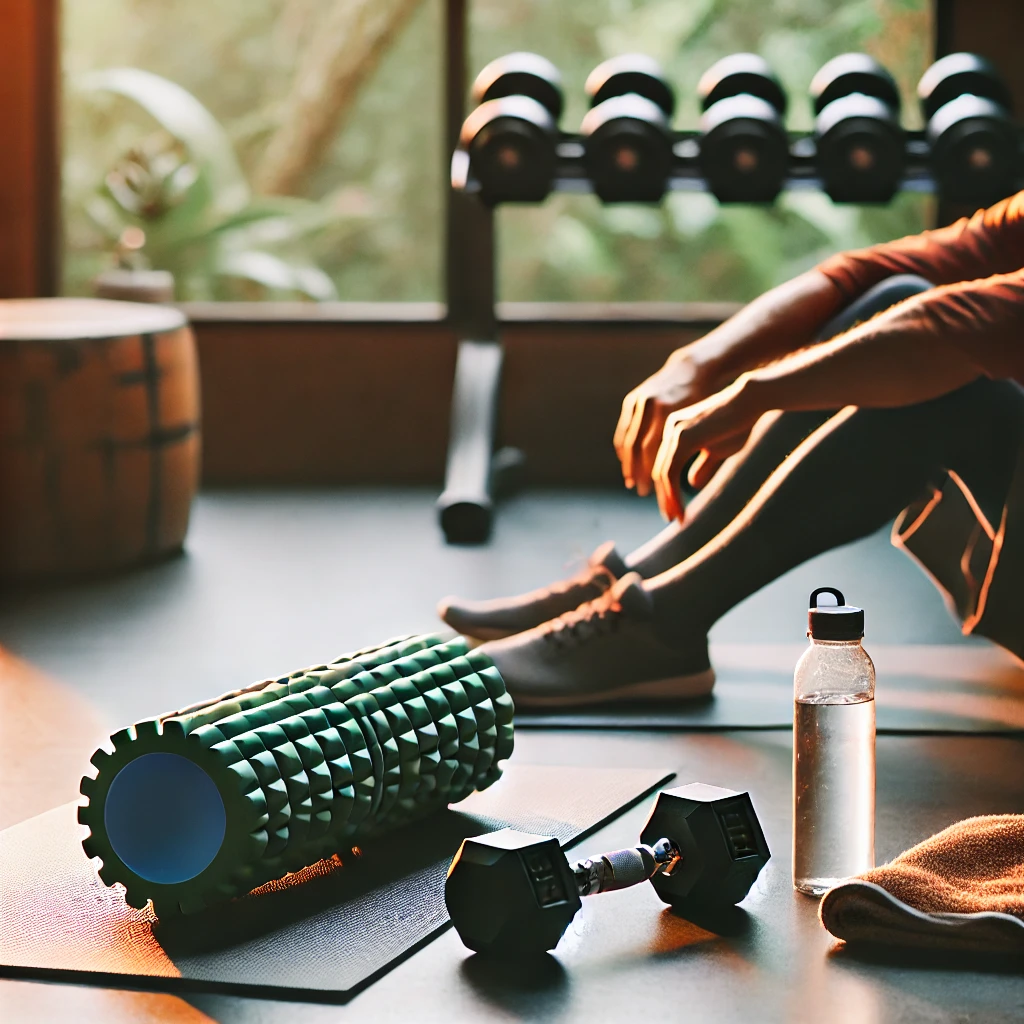Nutrition labels allow you to make educated choices about what you eat.
They include:
- Serving size
- Calories
- Percentage of daily value
- 13 core nutrients
The serving size is at the top.
All of this information is based on this amount.
So you need to make sure that you compare this to the amount of food that you actually eat.
For example- eating a whole bag of chips when the serving size is only for 10 chips.
SPOILER ALERT!
The serving size on the label is usually a much smaller amount than most people would eat.
Moving on to calories.
The number of calories listed is based on the serving size.
If you have more than the suggested serving size the calories will be higher, if you have less the calories will be lower.
Remember…
Not all calories are created equal.
Empty calories void of nutrition and full of chemicals and preservatives wear down the body and add up quick.
Clean, whole foods are lower in calories and much higher in nutrients and fiber.
We need to take other things into consideration when choosing foods like the percentage of daily value.
This tells us how much of a nutrient a food contains.
5% of less is considered a little amount of a nutrient.
And 15% or more is considered a lot.
Nutrients to look for include:
- Fiber
- Vitamin A
- Vitamin C
- Calcium
- Iron
On the flip side, nutrients to consume in moderation include:
- Trans fats
- Sodium
- Sugars
Let’s take a look at nutrition labels for two similar products and see how they stack up.
By comparing these two cereal labels, let’s figure out which option is the healthier choice.
First, check the serving size.
Is it the same for both products?
Moving on to calories…
Product 1 has 110 calories per serving while product 2 has 120.
Now look at the percentage of daily value and see which nutrients each product is high or low in.
Product 1 has:
- 16g Sugar per serving
- 1g Fiber
- 2g Protein
Product 2 has:
- 7g Sugar
- 3g Fiber
- 10g Protein
Even tho Product 1 has ten less calories, Product 2 is the healthier option.
It has 5x the protein (10g vs 2g)
It also has triple the fibre which will aid in digestion and help you feel full longer.
Product 2 also has less than half the amount of sugar.
There are some foods that don’t require a label including:
- Fresh fruits and vegetables
- Raw meat
- Poultry
- Fish & Seafood
- Foods made in stores like bakery items or store made salads.
- Foods that contain few nutrients like tea, coffee and alcohol.
Ultimately, the information on a nutrition label is there to help us make informed decisions about what we eat.



